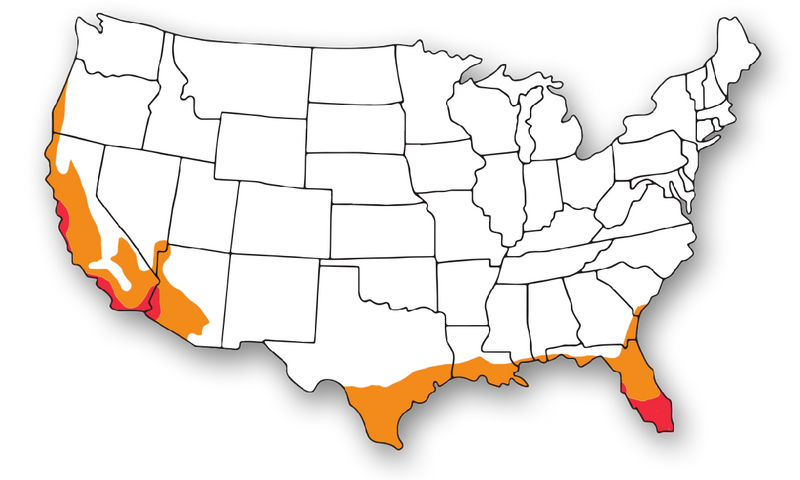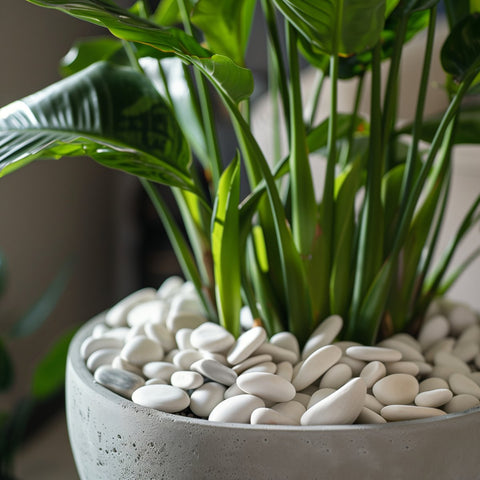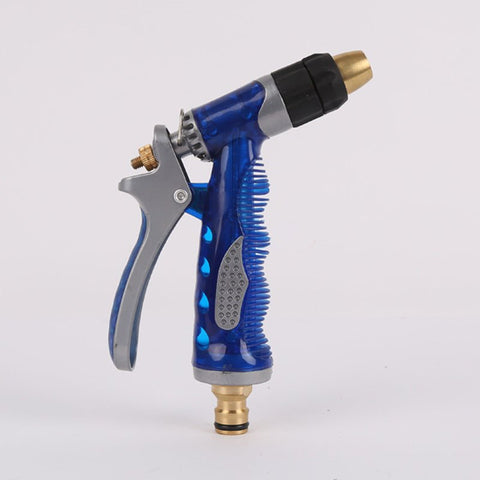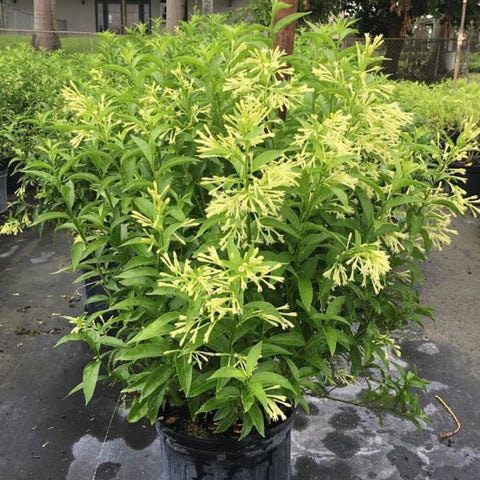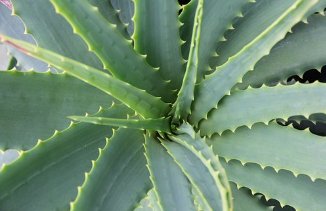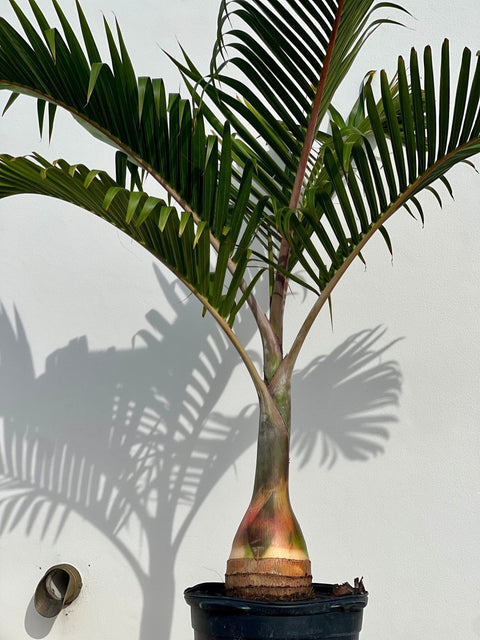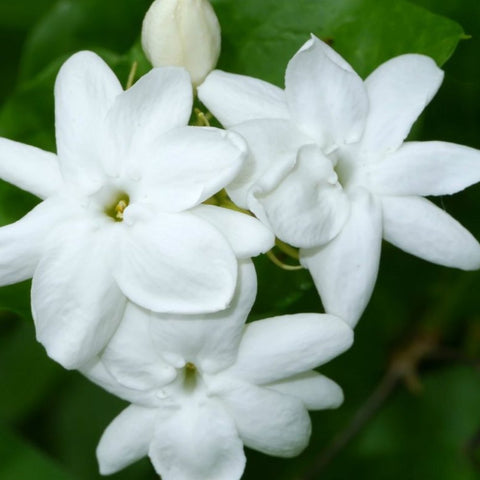How to Grow
Portulacara Afra, commonly known as Elephant Bush, thrives in indoor conditions and prefers moderate to bright, indirect sunlight. It can tolerate lower light levels but may grow more slowly. Plant it in well-draining potting mix and ensure the pot has drainage holes to prevent waterlogged roots.
Care Tips
Elephant Bush is relatively low-maintenance. Keep the soil evenly moist but avoid overwatering, as it is more tolerant of slight drought than root rot. Water when the top inch of soil feels dry. Fertilize with a balanced liquid fertilizer every 4-6 weeks during the growing season (spring and summer). Pruning is usually not necessary, but you can remove any yellow or damaged leaves for aesthetic purposes.
Uses
Portulacara Afra, or Elephant Bush, is a popular choice for indoor decoration and is often used in homes and offices to add a touch of elegance with its colorful foliage. Its low maintenance requirements make it an excellent choice for both beginners and experienced plant enthusiasts.
Planting Tips
When planting Elephant Bush in a pot, select a container with drainage holes and use a well-draining potting mix. Place the plant in an area with bright, indirect light. Water thoroughly when the top inch of soil is dry to the touch, allowing excess water to drain out of the pot.
Maintenance
Regular maintenance includes watering when needed and feeding during the growing season. Keep an eye out for yellowing leaves, which may indicate overwatering. Ensure the plant is protected from drafts and cold temperatures, as it prefers warmth and humidity.
Pests and Diseases
Elephant Bush is relatively resistant to pests, but it can occasionally attract mealybugs or spider mites. Inspect the plant regularly, and if pests are present, treat with neem oil or insecticidal soap. Maintain good airflow around the plant to prevent fungal diseases, and avoid overwatering to prevent root rot.
Frequently asked questions
If youre looking for cost-effective ways to propagate your Elephant Bush plant (Portulacara Afra), youre in the right place. This versatile succulent is easy to propagate through various methods, allowing you to expand your collection without breaking the bank. One of the most common and cost-effective ways to propagate Elephant Bush is through stem cuttings. Simply take a healthy stem cutting from the plant, allow it to callus for a few days, and then plant it in well-draining soil. Keep the soil lightly moist and place the cutting in a bright, indirect light location. Within a few weeks, you should start to see roots forming, indicating successful propagation. Another cost-effective method is leaf propagation. Gently remove a healthy leaf from the plant, let it dry for a couple of days to form a callus, and then place it on top of well-draining soil. Mist the leaf occasionally and keep it in a warm, bright location. Over time, new roots and eventually a new plant will emerge from the base of the leaf. In conclusion, propagating Elephant Bush plants can be done cost-effectively through stem cuttings or leaf propagation. With a little patience and care, you can easily expand your collection of these beautiful succulents without spending a fortune. Remember to provide proper care and conditions for your propagated plants to ensure their successful growth.
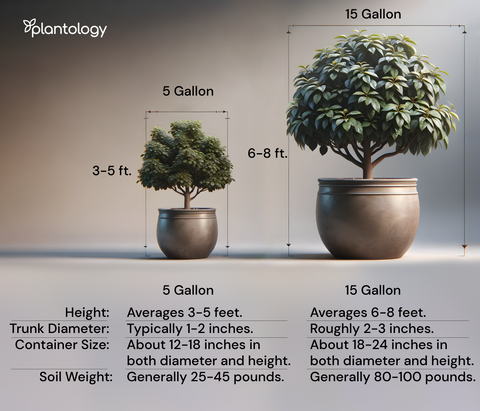
Free Shipping Over $150
Only $12 flat rate on orders under $150
Healthy Arrival Guarantee
Plants arrive healthy or we replace them free





